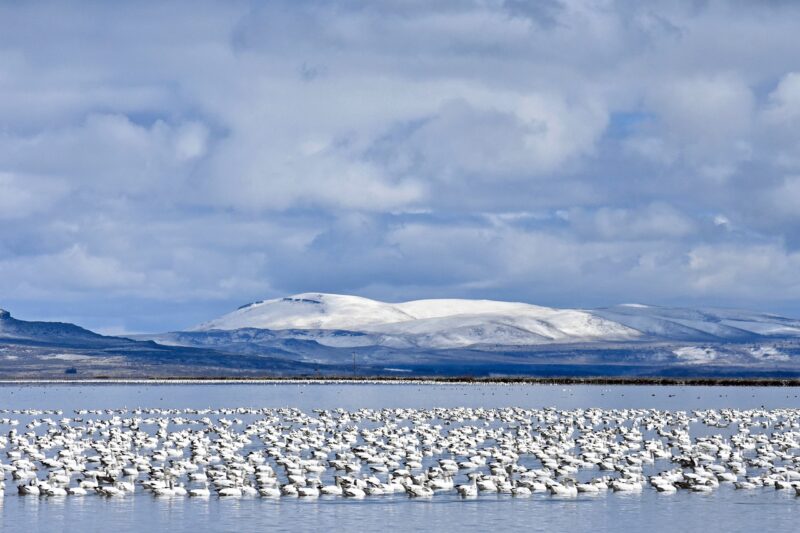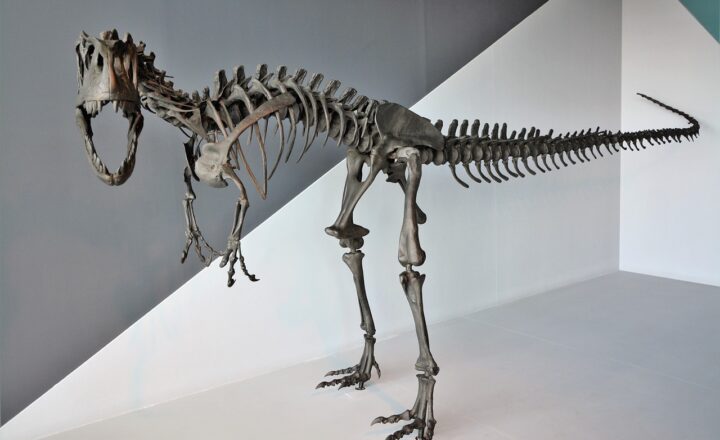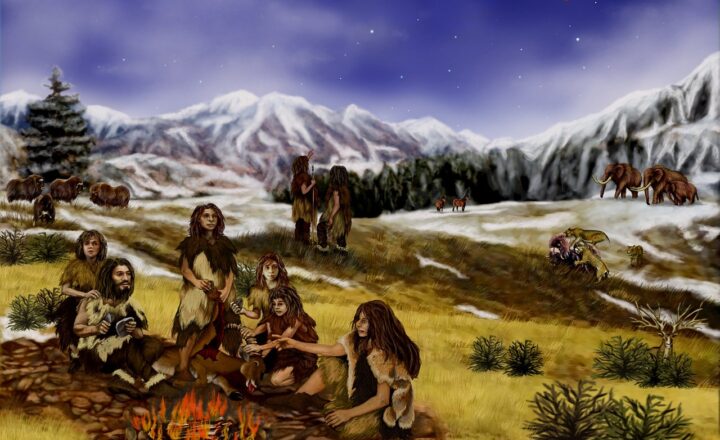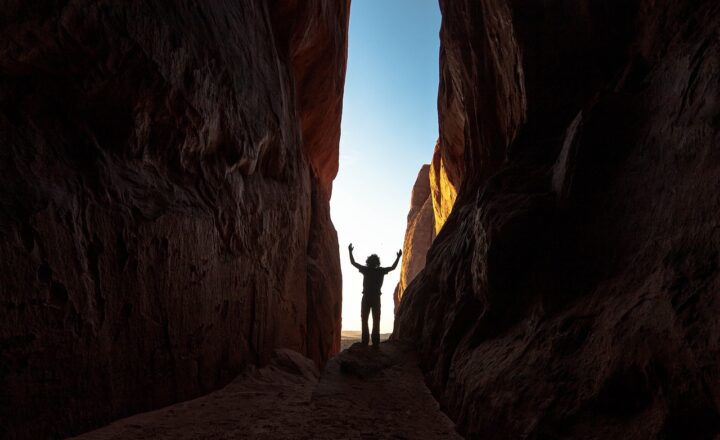The Great Dinosaur Migration: How Some Species Traveled Vast Distances
November 14, 2024

Throughout the ages, the earth has been home to countless species of dinosaurs; some were small and nimble while others towered over trees. One of the most fascinating aspects of these magnificent creatures is their migratory behavior. Recent paleontological studies suggest that many dinosaur species undertook extensive migrations, similar to certain animal patterns seen today.
1. The Evidence of Migration
The first indication of dinosaur migration came from the discovery of fossilized footprints in ancient riverbeds, suggesting movement patterns. For instance, researchers found over 5,000 tracks from various species near the banks of rivers once flowing through what is now Montana, which imply that dinosaurs traveled in organized herds.
In addition to tracks, other evidence supports migration theories:
- Fossilized Finds: Fossils of the same species found in different geographical locations hint at a seasonal movement. For instance, fossils of the duck-billed dinosaur, hadrosaurs, have been found in clusters more than a thousand miles apart across North America.
- Oxygen Isotope Analysis: Studies of bone structures have shown variations in isotope compositions. Dinosaurs that migrated were likely feeding in diverse regions, demonstrating dietary changes reflective of seasonality.
- Scars and Injuries: Some fossils exhibit signs of wear indicative of long-distance travel, alongside evidence of predation attempts or injuries sustained on the journey.
2. Why Did Dinosaurs Migrate?
Several factors could have driven dinosaurs to migrate:
- Climate Changes: Shifts in climate could have drastically influenced food availability and breeding grounds. As the temperature and precipitation patterns changed, dinosaurs might have sought new habitats that provided a more hospitable environment.
- Food Sources: Many herbivorous dinosaurs needed abundant plant life, which could be sparse in certain environments. Seasonal migrations would allow them to follow food sources as ecosystems transitioned, ensuring survival.
- Reproductive Needs: Similar to modern-day animals, dinosaurs may have migrated to specific breeding areas, which provided protection and resources during the reproductive season. This would help ensure the continuation of their species during the most favorable conditions.
3. Major Dinosaur Migratory Routes
Paleontologists have proposed several potential migratory routes based on fossil evidence:
- The Western Interior Seaway Route: One significant route stretched from the Atlantic Ocean through North America, following the ancient seaway that cut through the continent. This path appears to have linked breeding grounds and feeding habitats, supporting the mass movements of species like the sauropods.
- The Arctic Migration Path: Some dinosaurs may have migrated further north into what is considered the Arctic Circle today, seeking cooler weather as they traversed various terrains for food and optimal nesting grounds.
- The Southern Crossing: Evidence suggests that certain dinosaur populations moved from North America to South America. Fossil findings in Patagonia show similar characteristics to North American species, indicating significant migratory behavior across this vast expanse.
4. The Impact of Migration on Ecosystems
The migratory patterns of dinosaurs had a profound influence on their ecosystems:
- Plant Adaptation: As dinosaurs moved from one location to another, they affected the growth of vegetation. Overgrazing in one area could lead to an evolutionary response in plants, as species adapted to cope with heavy herbivory.
- Predator-Prey Dynamics: Migration directly influenced food chains. With migratory herbivores moving from one region to another, predators would adapt to follow or intercept them, affecting predation behaviors and strategies.
- Biodiversity Expansion: As dinosaurs migrated, they contributed to the dispersal of species, aiding in genetic diversity across populations. This possibly increased resilience in various ecosystems from a biological perspective.
5. Modern Comparisons and Reflections
Today’s animal migrations often mirror those of dinosaurs, leading researchers to draw comparisons:
- The Migration of Wildebeest: Like dinosaurs, wildebeests migrate in search of food and water as weather patterns change, involving a similar herd mentality for safety.
- Bird Migration Patterns: Annual bird migrations occur for similar reasons, echoing behavioral traits seen in dinosaurs, such as moving for breeding or favorable feeding conditions.
- Migration in Marine Life: Sea turtles and salmon migrate thousands of miles, further demonstrating the concept of movement in search of breeding and feeding grounds—an instinctual behavior that possibly has roots extending back to the age of dinosaurs.
Conclusion
The great dinosaur migration represents a fascinating chapter in the history of our planet. Understanding how these majestic creatures traveled vast distances not only provides insight into their survival strategies but also sheds light on the complexities of ancient ecosystems. As we continue to piece together the narrative of dinosaurs, we draw parallels to modern migrations, reaffirming nature’s unending cycle of adaptation, evolution, and interconnectedness. The next time you think of dinosaurs, imagine them traversing the prehistoric landscapes—herds moving as one, driven by instinct in search of sustenance and survival.







